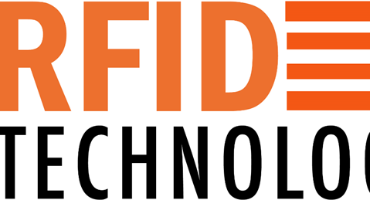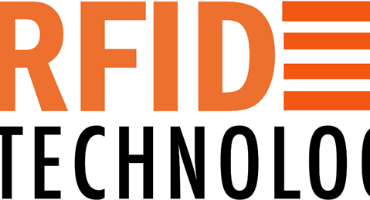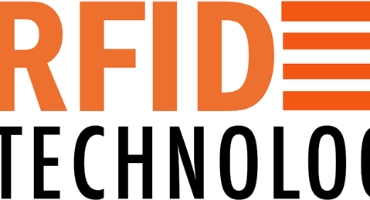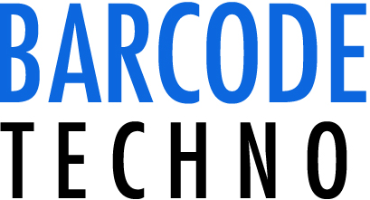Some factors to consider when choosing RFID hardware include the frequency range, read range, form factor, power requirements, and communication protocols.
Here are some commonly used types of RFID hardware:
RFID printers: These are specialized printers that can print on RFID tags and encode data onto the tags during printing.
RFID labels and tags: These are the most basic components of an RFID system, consisting of an antenna and a microchip that stores information. RFID tags can be passive (powered by the energy from the reader) or active (with a built-in power source).
RFID readers: These are devices that emit radio waves to read and write data to RFID tags. RFID readers can be fixed or handheld, and can operate in different frequency ranges (such as low frequency, high frequency, and ultra-high frequency). RFID Readers come in both Fixed-Mount RFID Readers and Mobile Handheld RFID Readers
RFID antennas: These are the components that emit and receive radio waves in an RFID system. RFID antennas can be built into the reader or can be separate components.
RFID middleware: This is software that sits between the RFID hardware and the backend systems, providing features such as data filtering, aggregation, and integration with other systems.
Ultimately, the best RFID hardware for a specific application will depend on the specific requirements and use case. Some popular RFID hardware brands and manufacturers include Zebra Technologies, Alien Technology, Impinj, HID Global and Avery Dennison.
Contact us by email : rach@barcode-uk.com





